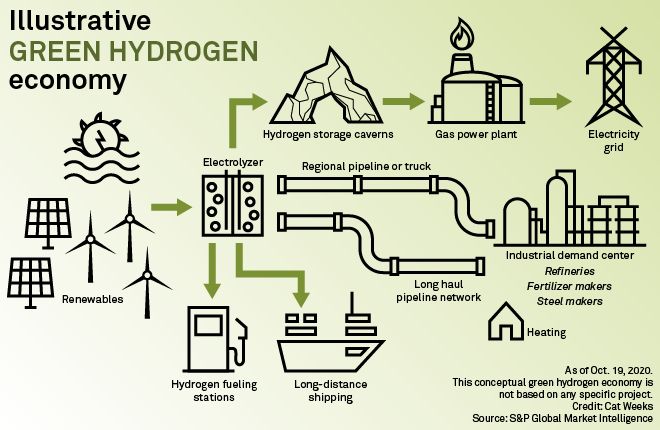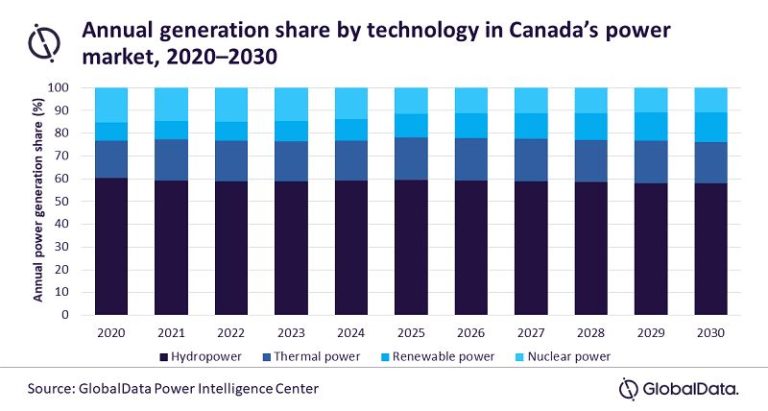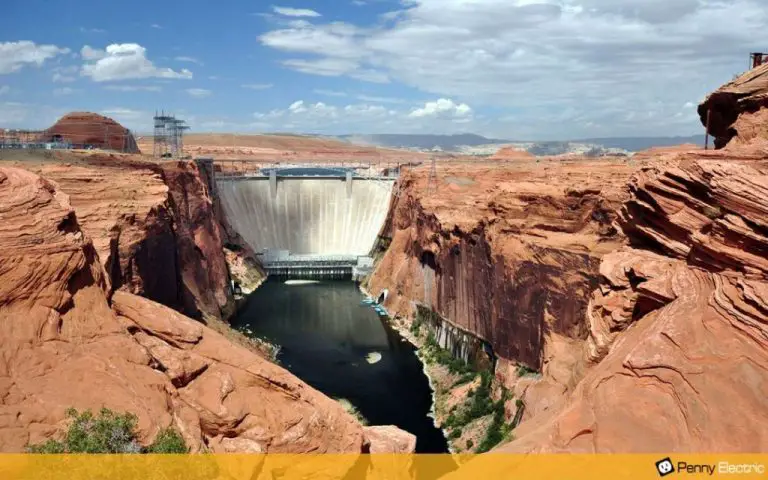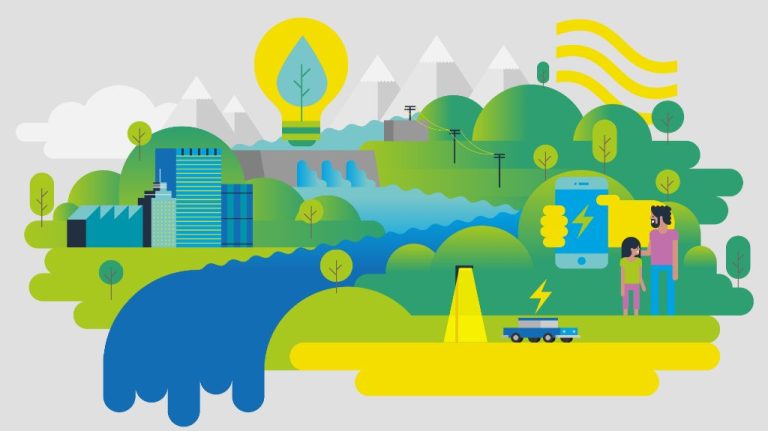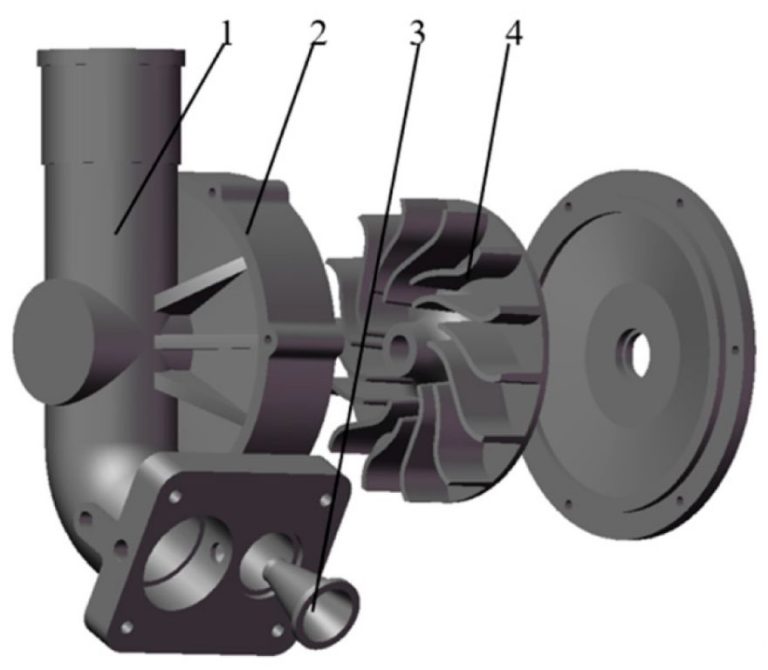What Is The Correct Transformation Of Energy In A Hydroelectric Power Plant?
Overview of Hydroelectric Power
Hydroelectric power, also known as hydropower, is a renewable energy source that generates electricity by utilizing the natural flow of water. Hydroelectric power plants capture the energy created by moving water and transform it into usable electricity. A hydroelectric power plant utilizes a dam built across a large river to store water in a reservoir. When the dam opens, water flows through tunnels and turns the blades of turbines. The movement of the turbines spins generators that convert the mechanical energy into electrical energy. The electricity can then be transmitted through power lines to homes, businesses, and industries.
Hydroelectric power provides a number of key benefits. It is a clean energy source that does not emit greenhouse gases or other pollutants. The fuel source, flowing water, is constantly replenished through the natural water cycle. Once a hydroelectric power plant is constructed, it can generate electricity for decades with minimal operational costs. Hydroelectricity is also flexible, allowing energy output to be adjusted to meet demand. Overall, hydroelectric power offers a renewable, emissions-free way to generate electricity at large scales.
Hydropower Process
The hydropower process utilizes the energy in flowing water to generate electricity. It starts with a dam constructed across a large river to create a reservoir. Water in the reservoir builds up pressure as it accumulates behind the dam. The force of the water pressure is used to drive the hydropower system.
The water behind the dam flows through an intake and down a large pipeline called a penstock. At the end of the penstock is a turbine. The moving water strikes the turbine blades and spins the turbine at high speeds. This rotational motion turns an electrical generator to produce electricity. The electricity is then transmitted through power lines to homes, businesses, and industries.
The fundamental principle at work is electromechanical energy conversion. The potential energy of the water behind the dam is converted into mechanical energy by the turbine, which is then converted into electrical energy by the generator. This multi-stage transformation of energy from water to electricity is the core process that allows hydropower to harness the power of moving water.
Transformation of Energy
The key to hydroelectric power is the transformation of energy that takes place in the power plant. Here are the main steps:
Potential Energy – The dam stores water at an elevation, giving it potential energy due to gravity. The higher the dam, the more potential energy the water has.
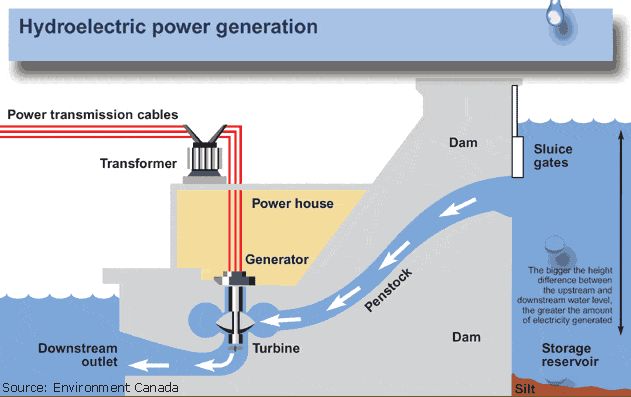
Kinetic Energy – When the gates are opened, water is released from the reservoir behind the dam. The water flows down large pipes called penstocks, gaining kinetic energy as it accelerates downstream.
Mechanical Energy – The fast-moving water strikes and turns hydraulic turbines at the bottom of the dam. The kinetic energy of the moving water is converted into mechanical energy to spin the turbine shaft.
Electrical Energy – The turbine shaft is connected to a generator which converts the mechanical rotation into electrical energy through electromagnetism. This electricity is then sent through transformers and transmission lines to homes and businesses.
So in summary, the potential energy of the elevated reservoir is converted into kinetic energy, then mechanical energy, and finally electrical energy through the four main components of a hydroelectric power plant – the dam, penstock, turbine, and generator.
Turbines
Hydroelectric plants utilize different types of turbines to capture the kinetic energy from falling water and convert it into mechanical energy. The most common types of turbines used are:
Francis Turbine – The Francis turbine is the most widely used turbine for hydroelectric projects globally. It consists of a runner with fixed vanes mounted on a shaft in an enclosed spiral casing. As water flows through the casing and hits the vanes, the runner spins and rotates the shaft. Francis turbines are suitable for a wide range of water flow rates and heights.
Kaplan Turbine – Kaplan turbines have adjustable blades or vanes that can change their angles to match the flow of water. This makes them more efficient at different water flow rates compared to Francis turbines. They are commonly used in low-head hydro plants.
Pelton Wheel – Pelton wheels have a wheel with split buckets or cups mounted on a shaft. As water jets hit the cups at high velocity, the wheel spins. Pelton wheels are used for high heads with low flow rates.
Regardless of the turbine type, the fast spinning shaft transfers the mechanical power to turn an electric generator that converts the energy into electricity.
Generators
The generator is a critical component of the hydroelectric plant, as it is responsible for converting the mechanical energy from the spinning turbine into electrical energy. Generators work based on the principle of electromagnetic induction. As the turbine causes the rotor inside the generator to spin, it rotates within a magnetic field, which induces a voltage and current in the conductors placed around the rotor. This generates an alternating current (AC), which can then be transmitted to homes and businesses.
The most common type of generator used in hydropower plants is the synchronous generator, which produces 3-phase AC current that synchronizes with the frequency of the power system. However, some smaller hydro facilities may use an induction generator instead, which tends to be more affordable. Generators can also produce direct current (DC), but this requires a converter to change it to AC before transmission on the grid. AC current is the preferred form of energy transmission over long distances.
The voltage output of the generator is increased through a step-up transformer before being sent out on transmission lines. This allows efficient transmission over long distances with minimal line losses. The size and capacity of the generator is matched to the available hydraulic head and flow rate at the specific installation site.
Transmission
Once the electricity is generated by the hydroelectric plant, it needs to be transmitted to the locations where it will be used. This is done through high voltage transmission lines that are connected to the plant’s generators. The voltage of the electricity produced by the generators is stepped up by transformers before it enters the transmission system. This allows the electricity to travel long distances with minimal power losses along the way.
The generators typically produce electricity at around 11-25 kilovolts. Step-up transformers located at the power plant increase this to anywhere from 115 kV to 765 kV. This high voltage electricity can then be efficiently transmitted via overhead or underground transmission lines to electrical substations near population centers.
At the substations, the voltage is stepped down by additional transformers and fed into the local distribution system that powers homes, businesses, and other facilities. This allows hydroelectric plants, which are often located far from cities, to provide electricity to consumers located many miles away.
Environmental Impacts
Hydroelectric power plants can have significant impacts on the surrounding environment. Two major areas of concern are disruption of fish migration routes and changes to the downstream river environment.
Dams and other hydro facilities often block fish from reaching their natural spawning grounds upstream. This can greatly reduce fish populations that are unable to reproduce. Installation of fish ladders and elevators helps mitigate this issue by providing alternative routes for fish to bypass dams.
The environment downstream of a dam also undergoes changes. Water released from dams typically contains less suspended sediment, is colder in temperature, and has altered seasonal flow patterns compared to natural river flows. This affects the river ecology and can harm riparian vegetation and wildlife. Controlled releases from dams can help minimize downstream impacts.
Advantages
Hydroelectric power has several major advantages compared to other sources of energy. First and foremost, hydropower is a renewable source of energy. The water flow used to generate electricity is continuously replenished through rainfall and snowmelt. This makes hydropower a sustainable long-term energy solution, unlike finite fossil fuels.
Another advantage is the low operating costs of hydroelectric plants. Once constructed, the fuel to operate them is free and unlimited, which helps keep electricity prices stable over time. There are no costs for fuel transportation or combustion. This makes hydropower very cost-effective over the long run.
Lastly, hydroelectric facilities have long lifespans. With regular maintenance and periodic upgrades, dams, turbines, and other components can remain operational for many decades. Some existing hydropower plants have been running reliably for over a century. This longevity offsets the high initial construction costs and makes hydropower worthwhile as a long-term investment.
Disadvantages
While hydroelectric power has many benefits, it also comes with some drawbacks that need to be considered. Two key disadvantages are the high upfront costs and geographical constraints.
Constructing a hydroelectric dam and power plant requires a huge initial investment. Significant funding is needed for site preparation, dam construction, turbines, electrical equipment, and transmission lines. Compared to fossil fuel power plants, the capital costs for hydroelectricity can be 50% to 100% higher per kilowatt of capacity.
Hydroelectric power is also greatly constrained by geography and precipitation patterns. It can only be built in locations with access to flowing water and suitable terrain, likemountain valleys, gorges, and rivers. Areas that lack these hydrological resources cannot utilize hydroelectricity. Additionally, droughts can limit the output and reliability of hydroelectric dams if water levels drop too low.
Notable Hydroelectric Projects
Some of the largest and most notable hydroelectric projects in the world include:
Hoover Dam, USA
The Hoover Dam is located on the Colorado River at the border between Nevada and Arizona. At 726 feet tall, it was the world’s tallest dam at the time of its completion in 1936. The hydroelectric power plant has a capacity of about 2,080 megawatts, providing electricity to Nevada, Arizona, and California.
Three Gorges Dam, China
The Three Gorges Dam in China is the world’s largest hydroelectric project. Completed in 2012, it spans the Yangtze River and stands at 185 meters tall and 2,335 meters wide. The dam’s massive reservoir can store 39.3 billion cubic meters of water that is used to generate electricity through 32 turbines. It has a capacity of 22,500 megawatts.
Itaipu Dam, Brazil
The Itaipu Dam is a hydroelectric project jointly run by Brazil and Paraguay on their border. Located on the Parana River, it supplies 17% of Brazil’s electricity and 75% of Paraguay’s. With a height of 196 meters and a capacity of 14,000 megawatts, the Itaipu Dam was the world’s largest hydroelectric power station until the Three Gorges Dam surpassed it.

